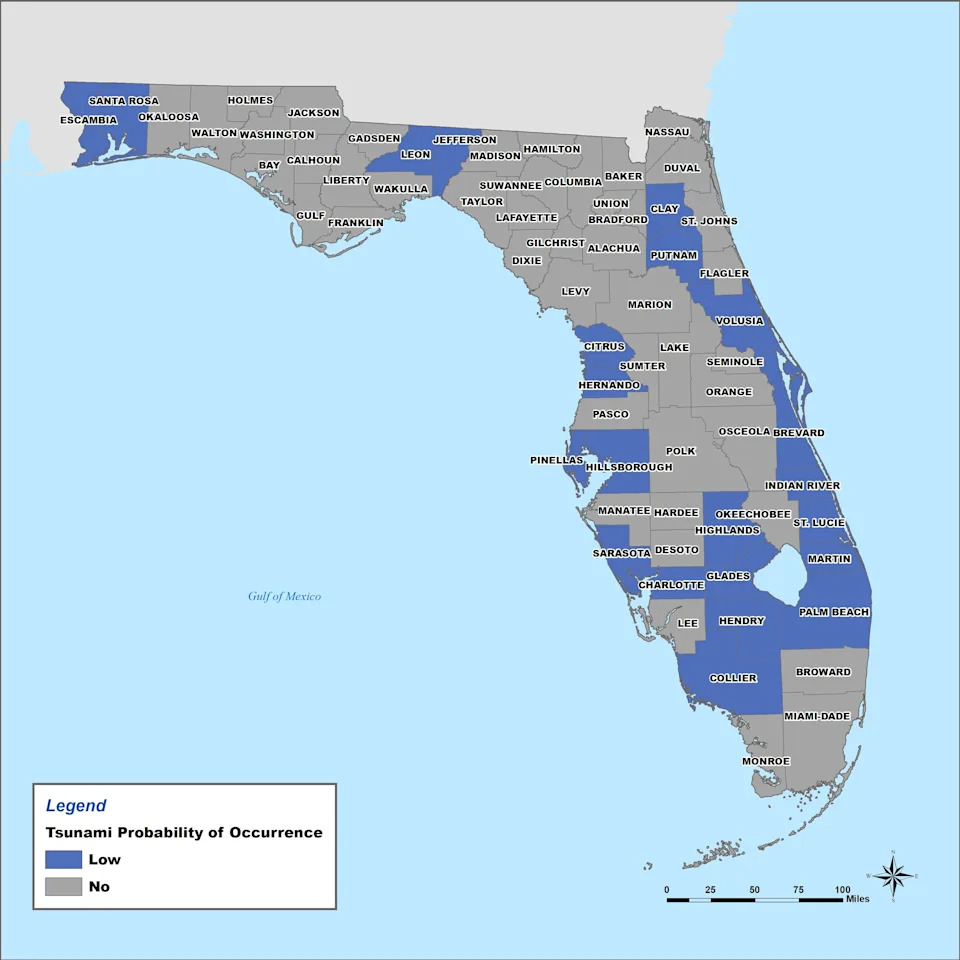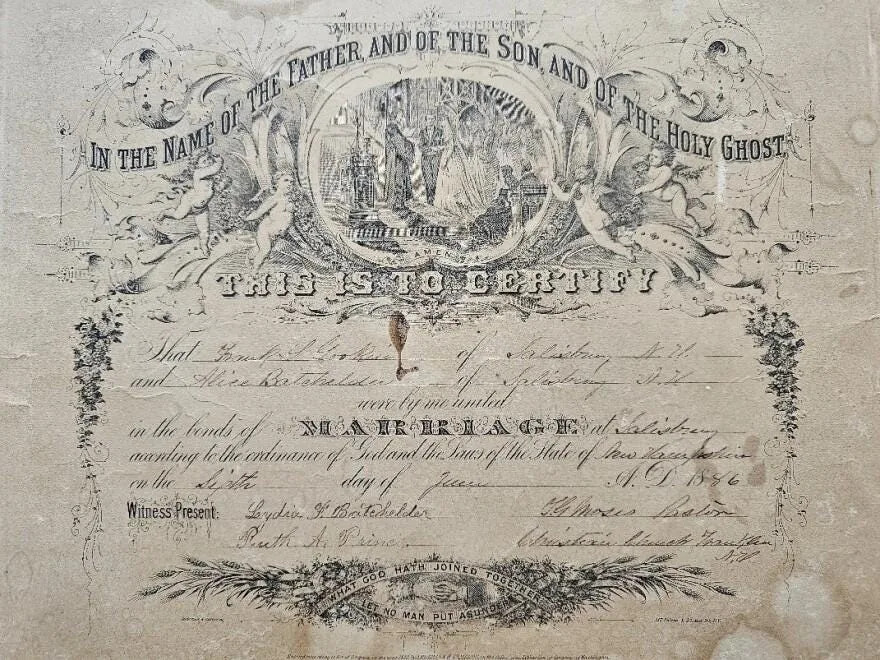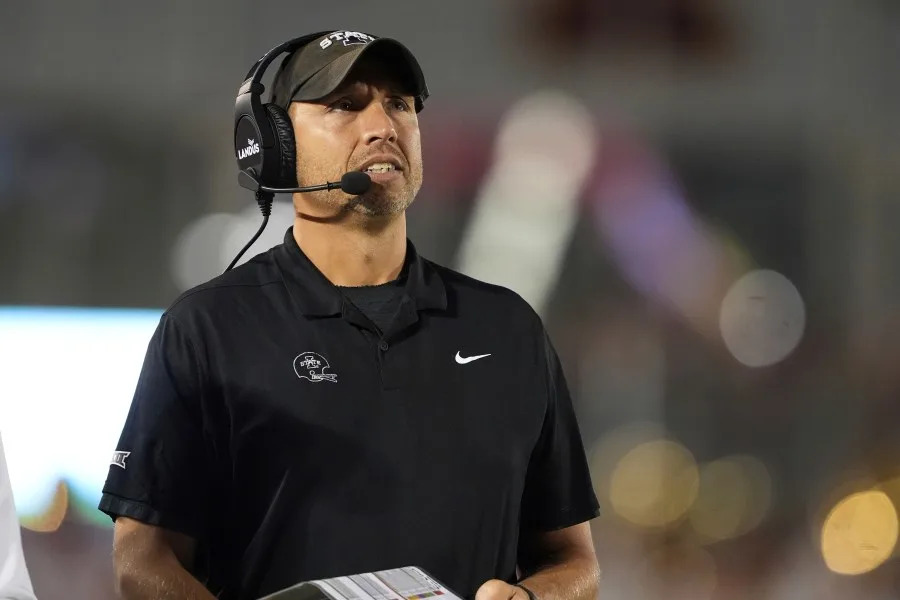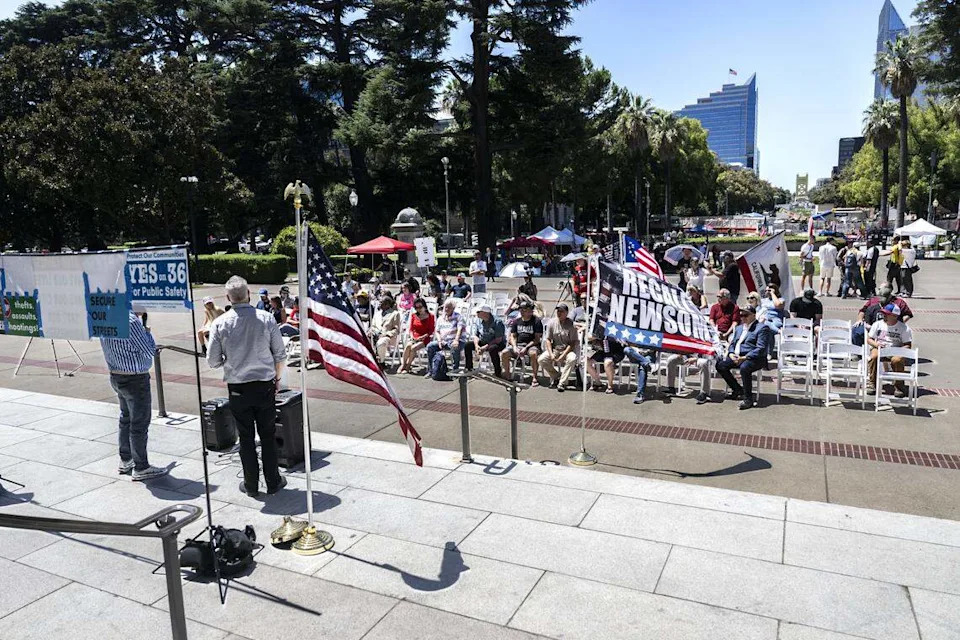One of the strongest earthquakes ever recorded struck off Russia's Kamchatka Peninsula July 29.
The 8.8 magnitude quake prompted tsunami warnings across the Pacific, including Alaska, Hawaii and the entire U.S. West Coast.
In Hawaii, authorities urged residents and tourists to move to evacuate from coastal zones. Initial data showed waves were less than the potential projected maximum of 9.8 feet, with some of the highest seen 5.7 feet in Kahului, Maui.
While Florida is surrounded by water, tsunamis are possible but extremely rare, according to the Florida Division of Emergency Management.
Magnitude 8.8 earthquake off Russia ranks among top 10
The earthquake that struck off Russia's Kamchatka Peninsula on July 29 is among the 10 largest ever recorded on the planet.
The U.S. Geological Survey said the quake occurred at 7:24 p.m. ET, about 78 miles east-southeast of Petropavlovsk-Kamchatsky, Russia.
It measured a magnitude of 8.8 and was followed by several aftershocks ranging from 5.2 to 6.9.
It was the eighth strongest earthquake ever recorded, tied with the 1965 earthquake that occurred in the Aleutian Islands in Alaska.
Tsunami warnings issued across Pacific after earthquake
After the earthquake, tsunami watches and warnings were issued along the Pacific coast, including for the U.S. west coast, Alaska and Hawaii.
Residents in Hawaii were encouraged to evacuate coastal areas and head to higher ground.
By Wednesday morning, initial reports showed waves Tuesday night were less than the potential projected maximum of 9.8 feet. Some of the highest were 5.7 feet in Kahului, Maui.
What areas are still under tsunami watches or warnings?
What is a tsunami?
"A tsunami is a series of ocean waves caused by an underwater earthquake, landslide, or volcanic eruption that sends surges of water onto land, sometimes reaching heights of over 100 feet," according to the Florida Division of Emergency Management. "These walls of water can cause widespread destruction when they crash ashore. Where the ocean is deep, tsunamis can travel unnoticed on the surface at speeds up to 500 miles an hour, crossing an ocean in a day or less."
Landslides could bring tsunami threat to Florida

The most frequent and destructive tsunamis to affect the U.S. have occurred along the coasts of California, Oregon, Washington, Alaska, and Hawaii.
"Due to the lack of seismic activity near Florida, there is a low chance that a tsunami will threaten our coastline. However, it is not impossible," according to the Florida Division of Emergency Management.
"Landslide-generated tsunamis pose a greater threat in the Atlantic Ocean" for Florida, especially in the Canary Islands and along the slopes of the western Great Bahama Bank.
Models have shown landslides in those areas "could generate dangerous ocean currents and possibly hazardous tsunami waves along the east coast of Florida. Coastal communities, especially those on barrier islands, are most vulnerable to impacts of a tsunami event."
Florida has been hit by 4 tsunamis in past
According to NOAA and USGS' National Tsunami Hazard Assessment, there have been four reported tsunami events in Florida. All four occurred on the Atlantic Coast:
One was caused by an Atlantic Coast earthquake
One was caused by a non-Atlantic earthquake
Two were caused by a Caribbean earthquake
"While no known tsunamis have ever affected the Florida Gulf Coast, a tsunami in that location is not impossible," according to the Florida Division of Emergency Management.
"While tsunamis have historically affected the Caribbean many times, it is unlikely that those tsunamis will also affect Florida."
Rogue waves hit Daytona, Naples coasts
"While it wasn’t officially a “tsunami,” a large rogue wave suddenly appeared along the coast in the Daytona area on July 7, 1992. The wave was reportedly about 10 feet above normal waves and stretched 27 miles long, from Ormond Beach to New Smyrna Beach.
"There was one death, over 75 people injured, and damage to about 100 cars parked near the coastline. The best theory is that the wave was caused by winds from a storm front."
"Another rogue wave event took place in 1995 spanning from Tampa to Naples.
Meteotsunamis more likely to hit Florida. What are they?
"Unlike tsunamis that are triggered by seismic activity, meteotsunamis are driven by air-pressure disturbances often associated with fast-moving weather events, such as severe thunderstorms, squalls, and other storm fronts," according to NOAA.
The storm generates a wave that moves toward the shore and is amplified by a shallow continental shelf and inlet, bay, or other coastal features. Most meteotsunamis, which make up about 20% of tsunamis, are small and mostly go unnoticed.
In June 2023, Clearwater Beach was hit by a meteotsunami from the Gulf of Mexico, although people on the beach probably didn't notice it. Southwest Florida saw water levels jump up a foot in 2018 and waves over seven feet were recorded off the coast of Naples in 2016.
A 9-foot wave hit Daytona Beach in July 1992, injuring 75 people and damaging property. It was believed to have been a "long water wave" caused by a squall line.
Contributing: Samantha Neely, Chris Bridges, USA Today Network-Florida
This article originally appeared on The Daytona Beach News-Journal: Tsunami Florida risk low but still possible. What happened in Hawaii








Comments